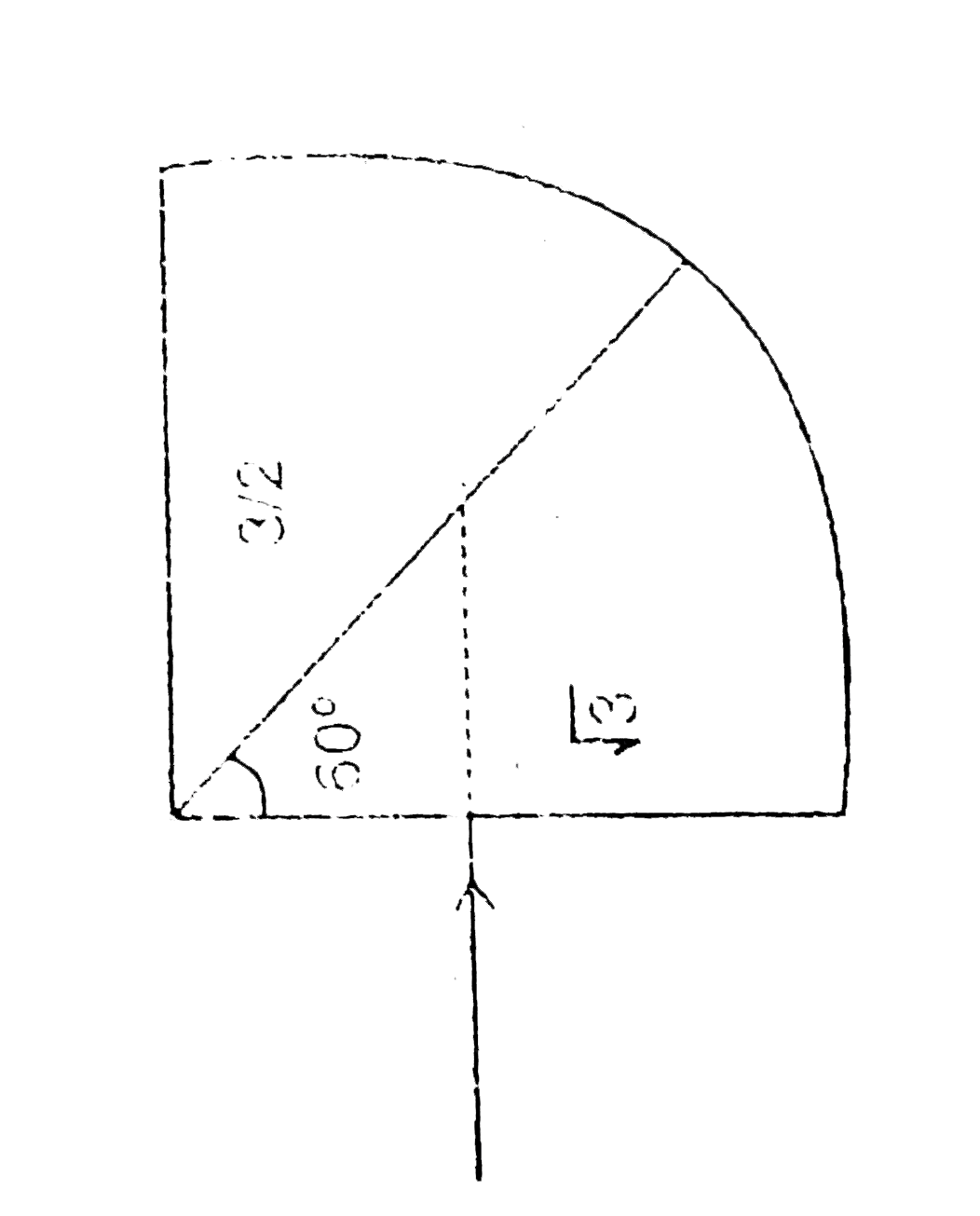Path taken in the eye ball by light rays is
cornea conjunctiva aqueous humour lens (through pupil) vitreous humous retina
conjunctiva cornea lens (through pupil) aqueous humour viteous humour retina
conjunctiva cornea vitreous humour lens (through pupil) aqueous humour retina
conjunctiva cornea aqueous humour lens (through pupil) vitreous humour retina
The correct Answer is:D
Step-by-Step Solution:
1. Conjunctiva: The first part that light rays encounter when entering the eye is the conjunctiva. This thin membrane provides protection and lubrication to the eye.
2. Cornea: After passing through the conjunctiva, light rays then enter the cornea. The cornea is responsible for bending (refracting) the light rays to help focus them.
3. Aqueous Humor: Next, the light travels through the aqueous humor, which is the clear fluid in the anterior chamber of the eye. This fluid nourishes the eye and maintains intraocular pressure.
4. Lens: The light then reaches the lens, which further focuses the light rays. The lens can change shape to allow us to see clearly at various distances.
5. Vitreous Humor: After passing through the lens, the light moves into the vitreous humor, a gel-like substance that fills the space between the lens and the retina. It helps maintain the shape of the eye and transmits light to the retina.
6. Retina: Finally, the light rays reach the retina, where they are converted into neural signals. The retina contains photoreceptor cells that detect light and send signals to the brain for visual processing.
Final Pathway: The correct path taken by light rays in the eyeball is: Conjunctiva → Cornea → Aqueous Humor → Lens → Vitreous Humor → Retina.
Answer: The correct answer is option B.
---
Topper's Solved these Questions
- MORPHOLOGY OF FLOWERING PLANTSBook:NCERT FINGERTPS ENGLISHChapter:MORPHOLOGY OF FLOWERING PLANTSExercise:Morphology Of Flowering Plants
Explore 135 Videos
- PHOTOSYNTHESIS IN HIGHER PLANTSBook:NCERT FINGERTPS ENGLISHChapter:PHOTOSYNTHESIS IN HIGHER PLANTSExercise:Photosynthesis In Higher Plants
Explore 136 Videos
Similar Questions
What is the correct sequence of the parts of the eye that the light rays cross in reaching the retina ?
View SolutionTwo parts of long cylinder having refractive index √3 and 32 are arranged as shown in figure. When a light ray is incident an one plane surface as shown, total deviation produced in the path of light ray is π3xrad. Then calculate x.
 .
.
View SolutionIn the shown figure, mirror is rotated by an angle theta. Find theta if

ray of light retraces its path after reflection from M
ray of light MP turns in the direction of MN.
View SolutionA light ray falling at an angle of45∘ with the surface of a clean slab of ice of thickness 1.00 m is refracted into it at an angle of 30°. Calculate the time taken by the light rays to cross the slab. Speed of light in vacuum =3×108ms−1
View SolutionDraw the incident ray and the reflected ray. if a light ray is incident on a plane mirror with the angle of incidence 30∘.
View SolutionA ray of light strikes the surface of a rectangular glass slab such that the angle of incidence in air is (i) 0∘,(ii)45∘. In each case, draw a diagram to show the path taken by the ray as it passes through the glass slab and emerges from it.
View SolutionA ray of light travelling with a speed c leaves point 1 shown in figure and is reflected to point 2. The ray strikes the reflecting surface at a distance x from point 1. According to Fermat's principle of least time, among all possible paths between two points , the one actually taken by a ray of light is that for which the time taken is the least (In fact there are some cases in which the time taken by a ray is maximum rather than a minimum).
_S01_058_Q01.png)
Find the time for the ray to reach from point 1 to point 2.
View SolutionThere is a equilateral prism of refractive index 3 on which a light ray is incident normally on one face as shown in the figure. Find the length of the path traveled by the light ray inside the prism.

View SolutionThe diameter of the eye ball of a normal eye is about 2.5cm. The power of the eye lens varies from
View SolutionA light ray is incident at an angle of 45∘ with the normal to a √2 cm thick plate(μ=2.0). Find the shift in the path of the light as it emerges out from the plate.
View Solution

